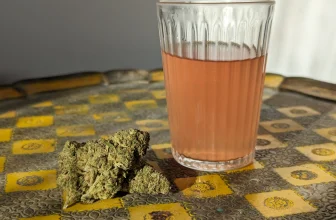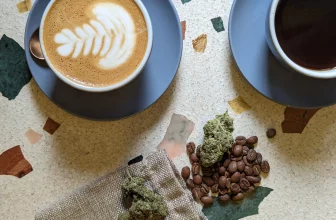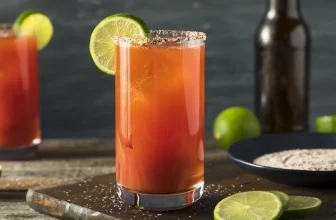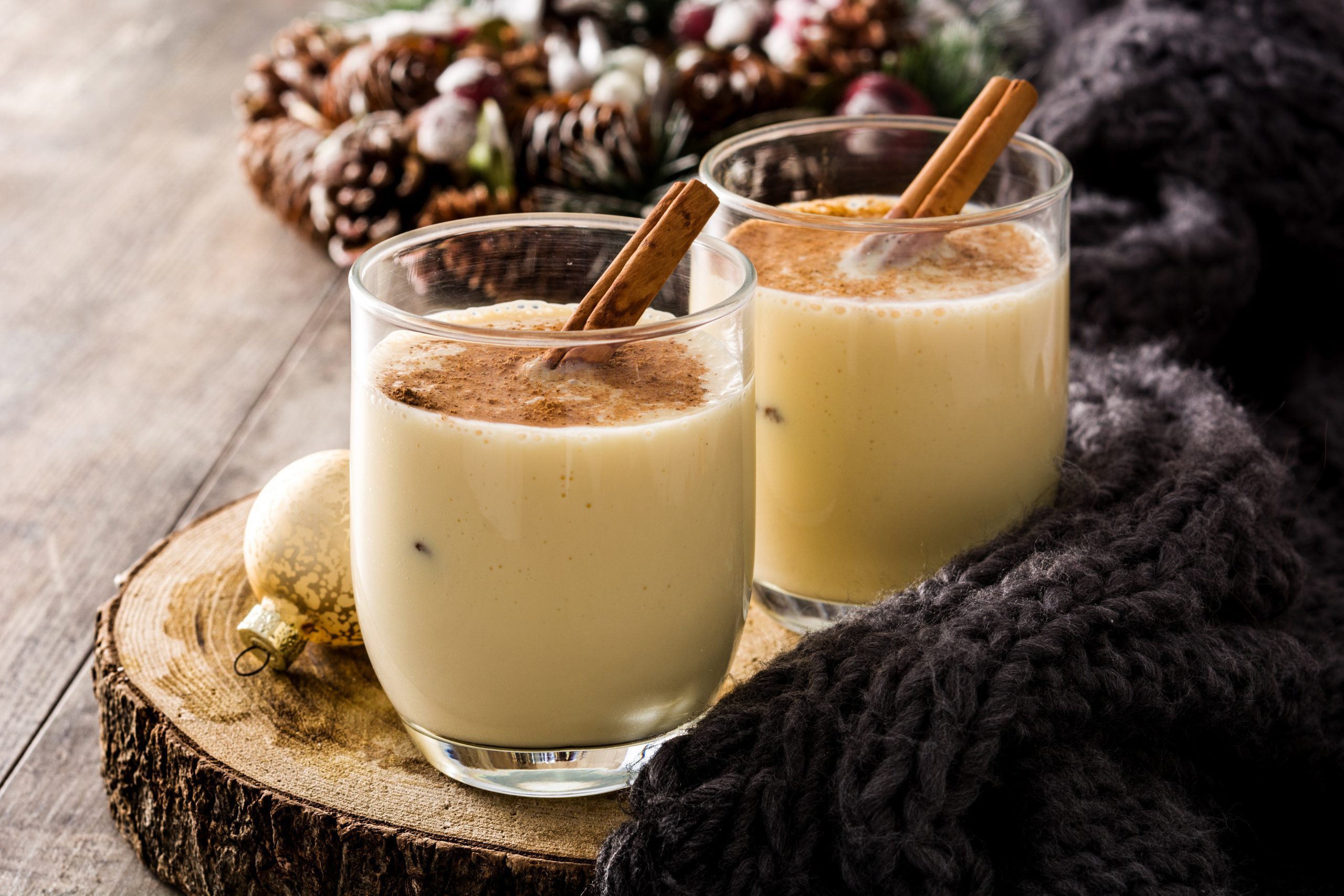
Eggnog is officially the drink of the holiday season. So how did it beat out all other drinks to become the Good King of Christmas? How can you create your own divine concoction to warm your hearts and your guests?
Fear not; you’re in the right place.
The History of Eggnog
The eggnog may well go back over a thousand years, but the truth of the matter is that we can’t trace it any further than the 13th century. Still, that’s pretty impressive. What we do know is that eggnog came from humble origins in England and soon became the beverage of choice for aristocrats.
As is so often the case, the culprit for its creation was a group of medieval monks. This libatious bunch is known to have enjoyed a warm drink called posset, made of figs and eggs. Through the years, it seems to have merged with other ingredients like milk and wine, eventually becoming a staple at social get-togethers.
That brings us to the 1600s. By this time, the primary ingredient of interest had become sherry. Eggnog became the drink of choice for toasting one’s prosperity and good health. Yet because its ingredients were sherry, milk, and eggs — not exactly abundant commodities in poverty-ravaged Europe — it was a pleasure primarily enjoyed by nobles.
Eggnog’s Journey to America
Eventually, eggnog’s sails caught the winds of the Columbian Exchange, which ferried it across the Atlantic to the shores of the American colonies. Here, the spirited folk of a burgeoning nation gave it a new life.
The first move was to replace that sherry/brandy with rum, which was abundant and cheap thanks to the proximity to the Caribbean (and the unimaginable misery of the Caribbean slave colonies forced to produce it, but that’s another story altogether). Here in the New World, milk and eggs were available in relative abundance. That made eggnog a worthy contender for the Drink of the Masses.
That brings us to the name. Many cocktails have interesting names (Bloody Mary comes to mind), but as a drink, “eggnog” is just kind of…well, it’s hard to get past the “egg” part.
The word “nog” could originate from an Old English term for strong beer; alternatively, it could stem from the word “noggin,” which describes a small, 16th-century cup. Yet another hypothesis is that it comes from “grog,” which the colonists used to describe a thick drink — eggnog would have been “egg-and-grog.”
In print, eggnog appears to have first shown up in the late 1700s. The Maryland minister Jonathan Boucher, a close friend of General George Washington, wrote a poem in 1774 that used the term. In 1788, a New Jersey Journal article mentioned a young fellow with a taste for “thirty raw eggs, a glass of eggnog, and another of brandy sling.”
Eggnog had already captured the American heart by the time of the Revolutionary War, both as a spiked and nonalcoholic drink. It was initially enjoyed warm, though, by the time the first bartending guides were published in the late 1800s, it was also served cold.
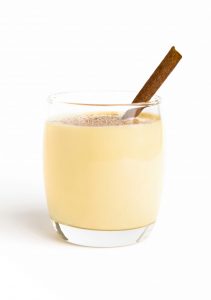
How to Make the Perfect Eggnog
1
People15
minutes5
minutes250
kcal20
minutesThe only thing left to cover is how to concoct the perfect batch of eggnog for your festivities. Below is one of our favorite cocktail recipes:
Ingredients
4 egg yolks
4 egg whites, separated
⅓ cup sugar
1 pint of whole milk
1 cup of cream
3 oz. bourbon whiskey (substitute alcohol of your choice)
1 teaspoon of nutmeg, freshly grated
Instructions
- Prepare a mixer, a couple of bowls, and enough glasses to serve the whole crew.
- Start by beating egg yolks in a mixer until they lighten, adding ⅓ cup of sugar as you do so.
- Add in milk, cream, liquor, and nutmeg, stirring the mix together.
- Next, beat the egg whites in a bowl until soft.
- Run the mixer while adding 1 tablespoon of sugar, and beat until the peaks grow stiff. Add this to the mixture.
- Chill it, serve it, and delight in it.
Notes
- If you do not want to drink the eggs raw, you can cook the egg mixture in a saucepan until the internal temperature is 160ºF.


